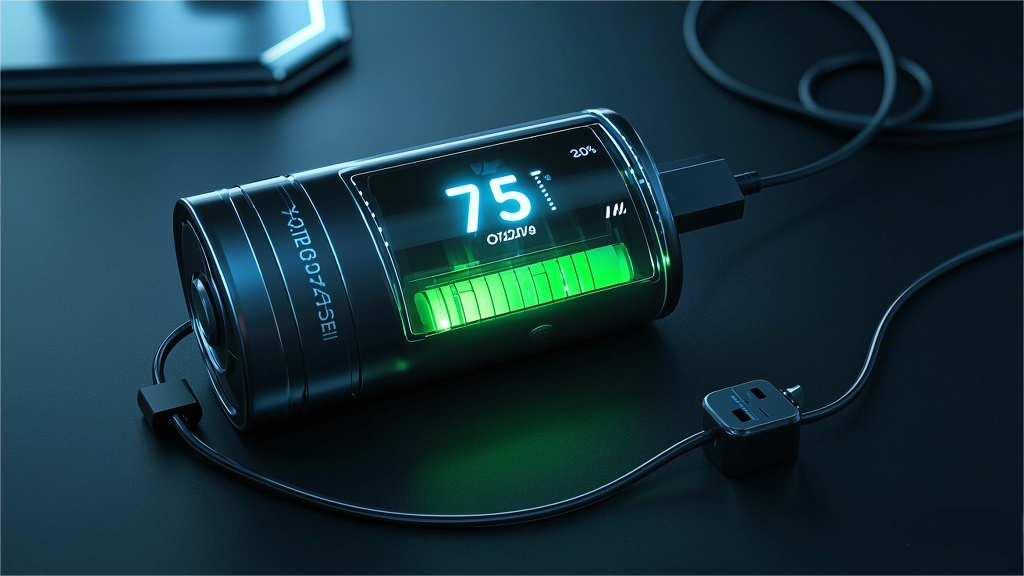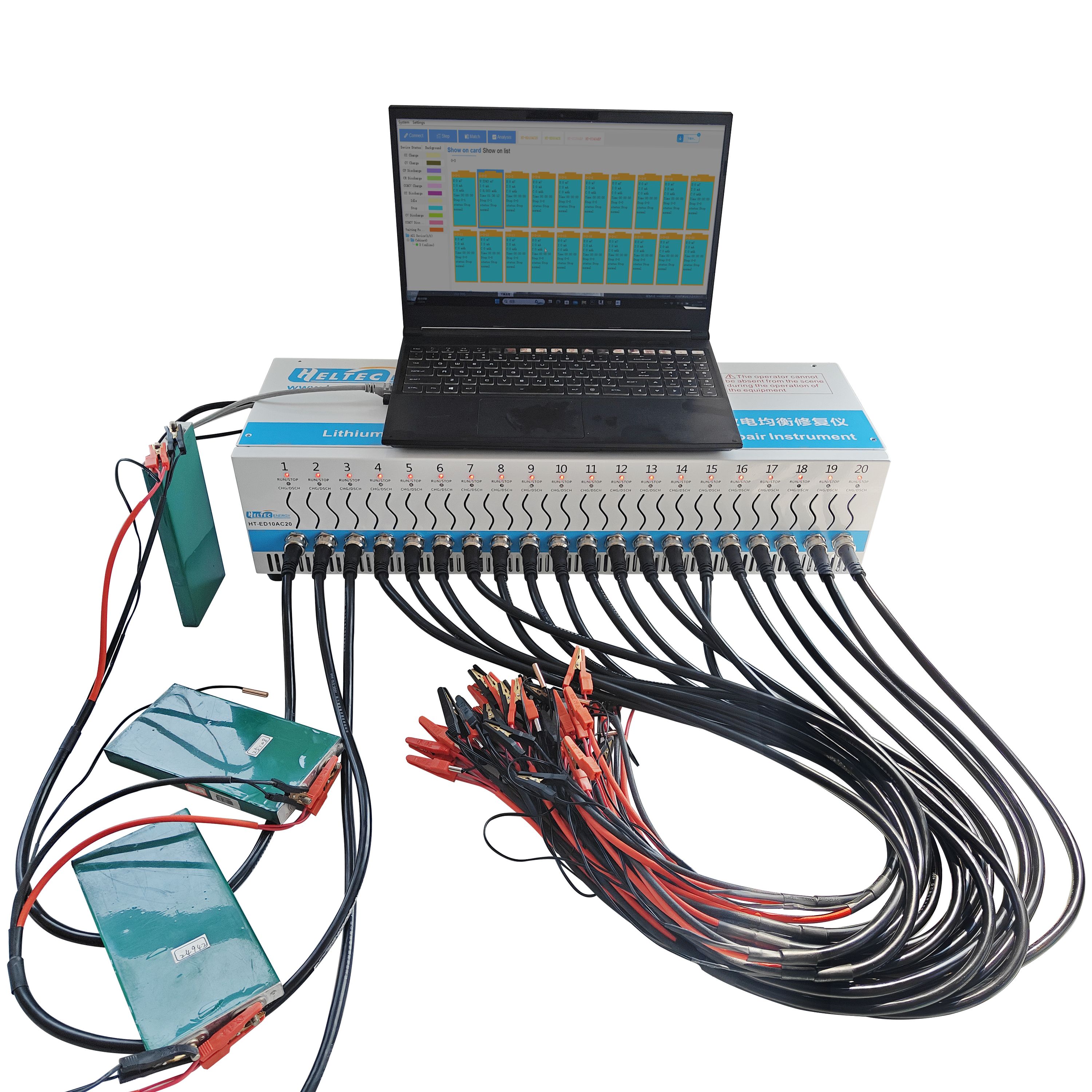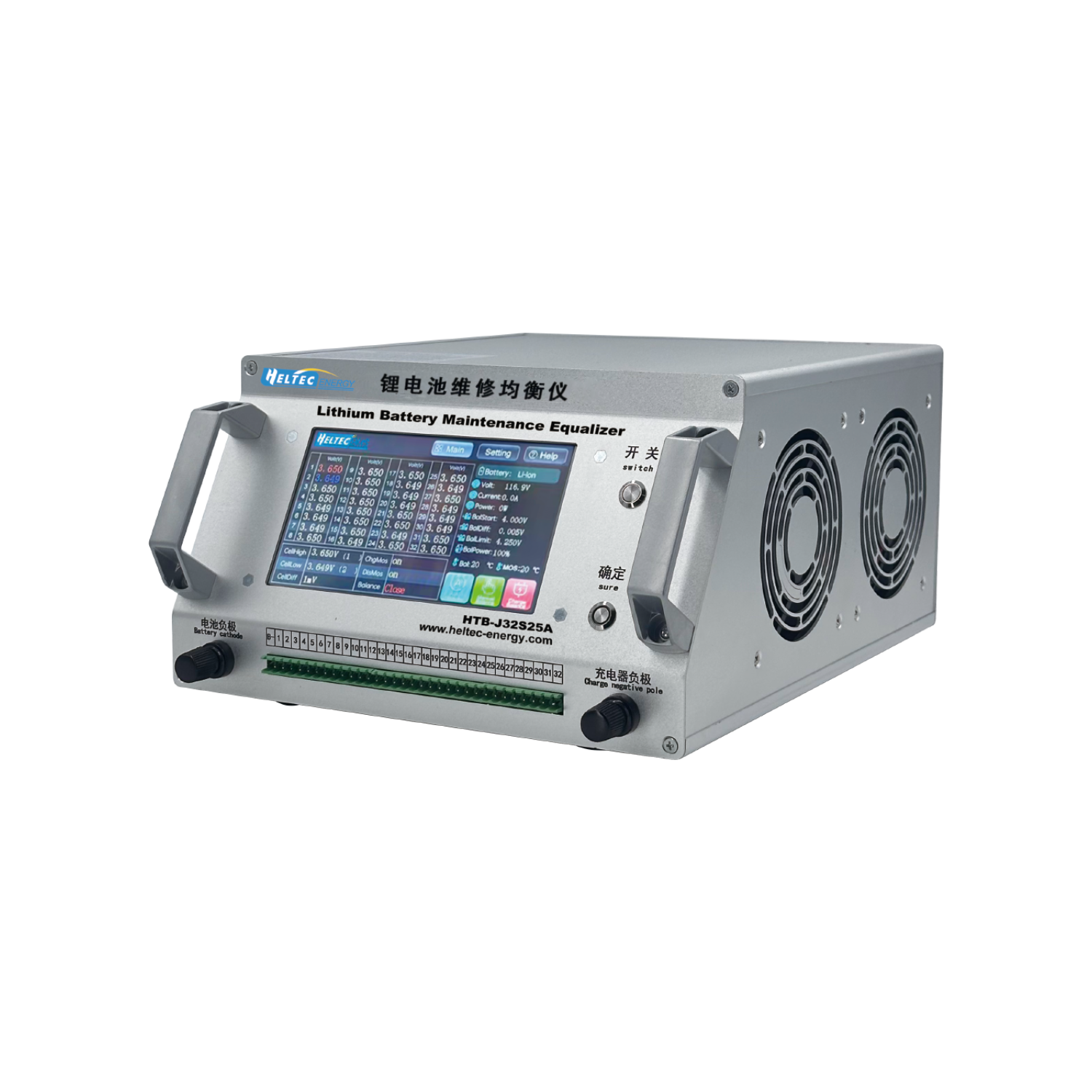Introduction:
In the current era where technology products are increasingly integrated into daily life, battery performance is closely related to everyone. Have you noticed that the battery life of your device is getting shorter and shorter? In fact, from the day of production, batteries have embarked on a journey of capacity decay.
Three parts of the world in battery capacity
The energy storage of batteries can be divided into usable energy, refillable blank areas, and unusable parts due to use and aging - rock contents. New batteries should have 100% capacity, but in reality, the capacity of most in use battery packs is below this standard. Of course with the help of battery capacity tester, the actual capacity status of the battery can be accurately detected.

The correlation between charging and capacity decay
As the proportion of unusable parts (rock contents) in the battery increases, the amount of parts that need to be filled decreases, and the charging time will correspondingly shorten. This phenomenon is particularly evident in nickel based batteries and some lead-acid batteries, but not necessarily in lithium-ion batteries. Aging lithium-ion batteries have reduced charge transfer ability, hindered free electron flow, and can actually prolong charging time. By using a battery capacity tester for testing, it is possible to clearly understand the capacity changes of the battery during the charging process and determine its health status.
Charge discharge cycle and capacity variation law
In most cases, the battery capacity decreases linearly, mainly influenced by the number of charge and discharge cycles and the duration of use. The pressure caused by deep discharge on batteries far exceeds that caused by partial discharge. Therefore, in daily use, it is advisable to avoid completely discharging the battery and increase the charging frequency to extend its lifespan. However, for nickel based batteries to control the "memory effect" and for smart batteries to complete calibration, it is recommended to perform regular full discharge. Lithium based and nickel based batteries typically achieve 300-500 complete charge and discharge cycles before their capacity drops to 80%. The battery capacity tester can record the number of charge and discharge cycles of the battery, analyze the trend of capacity changes, and help users better grasp the battery life.
Risk of equipment failure caused by battery aging
The specifications and parameters of the equipment are usually based on new batteries, but this state cannot be maintained for a long time. As it is used, the battery capacity gradually decreases, and if not controlled, the shortened operating time may cause battery related failures. When the battery capacity drops to 80%, replacement is generally considered. However, the specific replacement threshold may vary depending on the application scenario, user preferences, and company policies. For the fleet batteries in use, it is recommended to use battery capacity tester for capacity testing every three months to promptly determine whether replacement is needed.

Battery maintenance: an effective way to extend lifespan
Nowadays, battery maintenance technology is constantly advancing, and battery testing and balancing technology is becoming increasingly mature, which allows users to more conveniently understand battery status and extend battery life. Here, we recommend Heltec's capacity testing and maintenance equipment to help you better manage batteries and enhance the user experience.



Whether it's car power batteries, RV energy storage batteries, or solar cells, our instruments can be easily adapted. Through the battery capacity tester, users can gain a deeper understanding of various parameters of the battery, including capacity, internal resistance, charging and discharging efficiency, etc. The battery equalizer can effectively repair the problem of uneven battery discharge, ensure the consistent performance of each battery cell in the battery pack, improve the overall performance of the battery, and extend its service life. The deployment of these instruments greatly simplifies the battery maintenance process and provides users with more convenient and efficient battery management solutions
The loss of battery capacity is the result of multiple factors working together. Understanding these factors not only helps users develop good usage habits in daily life and extend battery life, but also points out improvement directions for battery researchers and promotes the sustainable development of the battery industry.
Request for Quotation:
Jacqueline: jacqueline@heltec-bms.com / +86 185 8375 6538
Sucre: sucre@heltec-bms.com / +86 136 8844 2313
Nancy: nancy@heltec-bms.com / +86 184 8223 7713
Post time: Apr-03-2025
